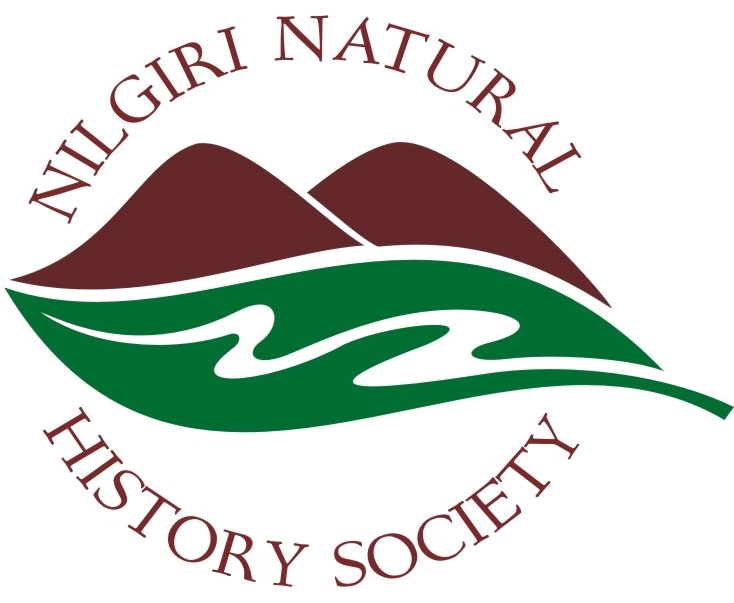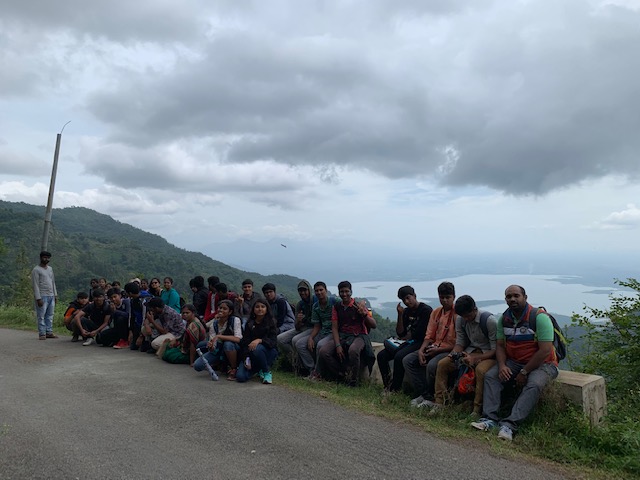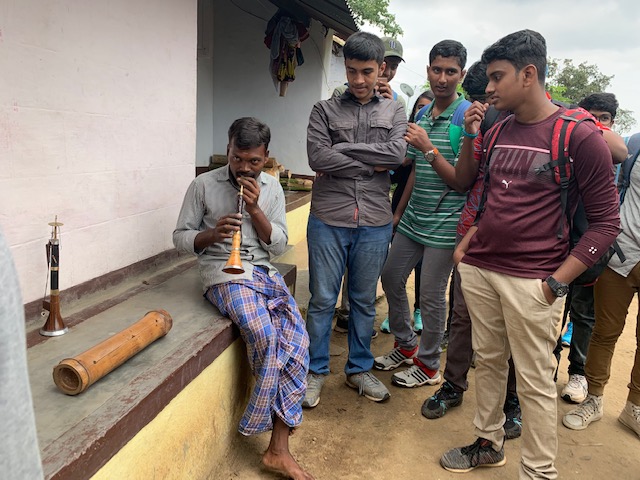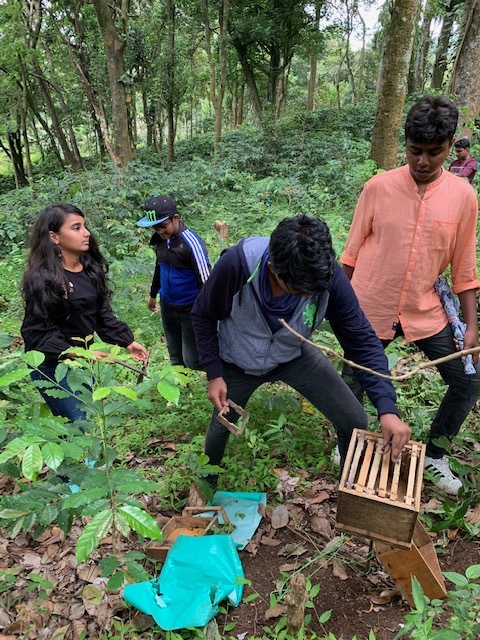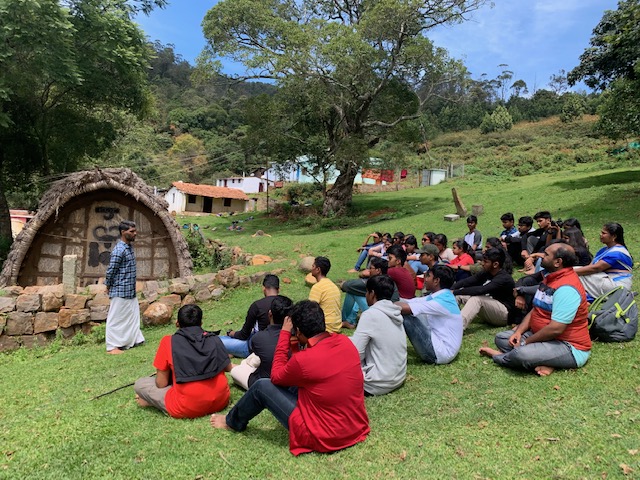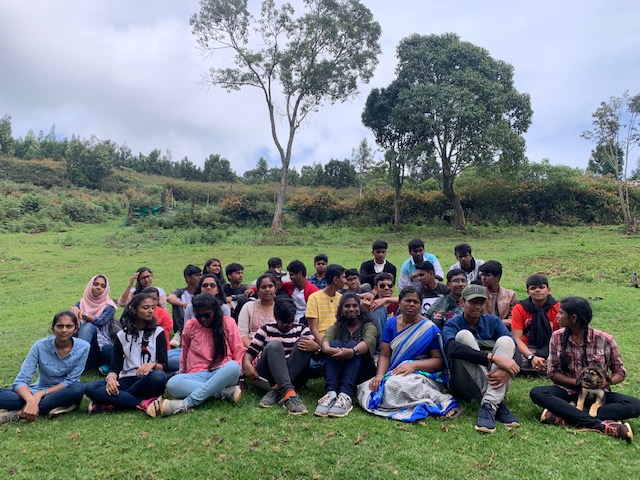A team of 39 young and spirited 10th graders along with two of their teaching staff landed up on a bright september morning on 19th September, 2019. A train and a bus ride from Chennai, they found themselves in the cool surroundings of the upper Nilgiris in the Keystone campus.
A short documentary on the Nilgiri Biosphere Reserve set the context which was followed by a campus tour to orient the students to the areas of work and expertise within Keystone. This was followed by an afternoon session to Banagudi which was their first interaction experience with the indigenous communities as well as their first foray into the shola forests of the western ghats. The students were mesmerized by the forest, as also by the stories of the Kurumba culture while on the other hand (err, legs), they had their first taste of leech bites!
The next day took them into the aracode region of farming and NTFP non-timber forest product) harvest. A long ride and a 2km trek took them to the village of Garkiyoor, as they took in the sights, smells and lay of the land, all the way from the forest trees up on the hill tops to the Bhavanisagar dam way down below. The students had an interesting interaction with the Irula music troup who introduced them to the music and the instruments that give their music its tonal qualities. They also got to see firsthand some of the NTFPs, like ‘seemar pil’ (Phoenix species), silk cotton, and how they were harvested, dried or processed to make usable household items.
After a short lunch the students were divided into two groups – one which went into bee box cleaning and repair, while the other group was involved in deweeding and setting up a composting pit in the nursery area. Guided by local resource personnel well-versed in the job, the students learnt about how the bee box was structured, how to arrange the chambers and tie it securely with the frames inside, in order to attract bees for honey production. On the other side, the students learnt how to clean and prepare the land for a nursery – removing weedy plants including old tea stubs, and adding them into a compost pit where they could be turned into manure for later use by the nursery. After a hard one to two hours’ work, the students were ready to call it a day as they headed back for the Kotagiri Keystone campus.
The third and last day’s exposure visit was to the Kodithenmund hamlet of the todas, where they learnt about Toda culture, their ways of worship and kindship, their arts and livelihood, not to mention their close association with the local flora. The highlight of the program was a traditional toda lunch of rice with milk and buttermilk, which while new to many, was relished by all. A trek back to the main road completed their Nilgiris experience. As the children made the way down the hill back to their school, they left with a new found admiration for the landscape and its people.
